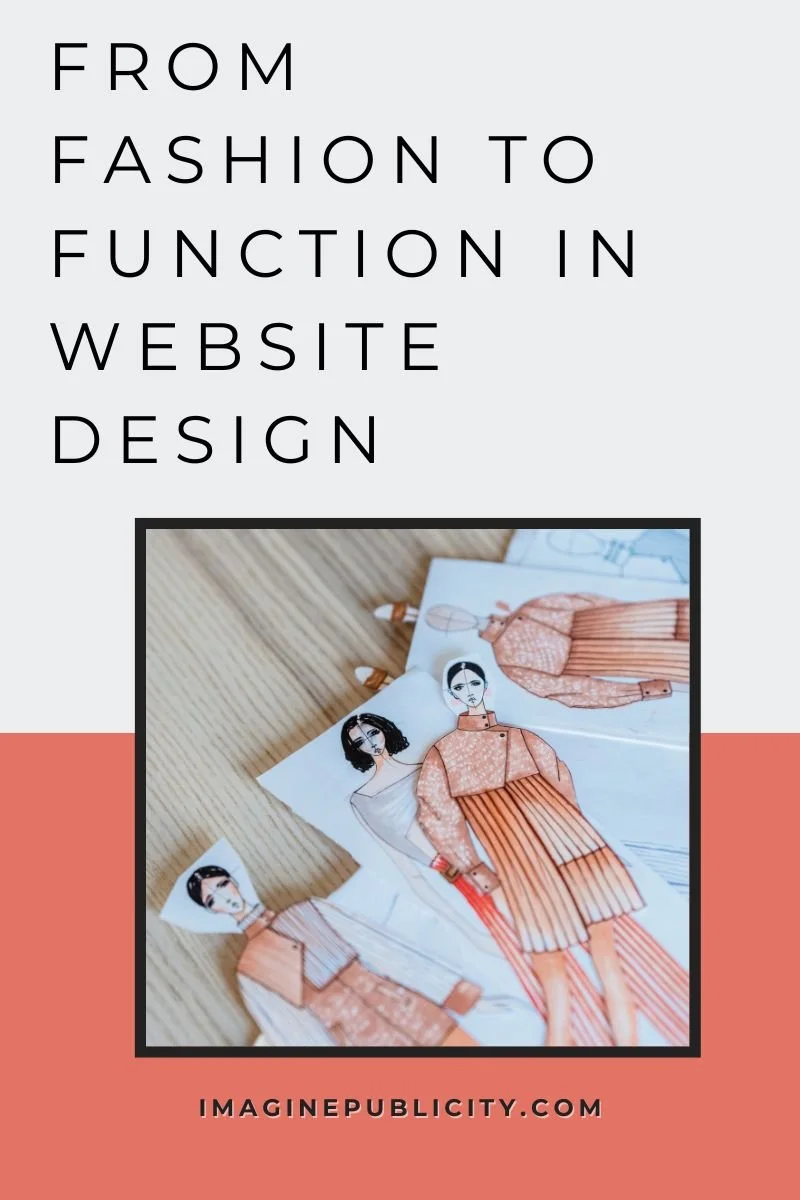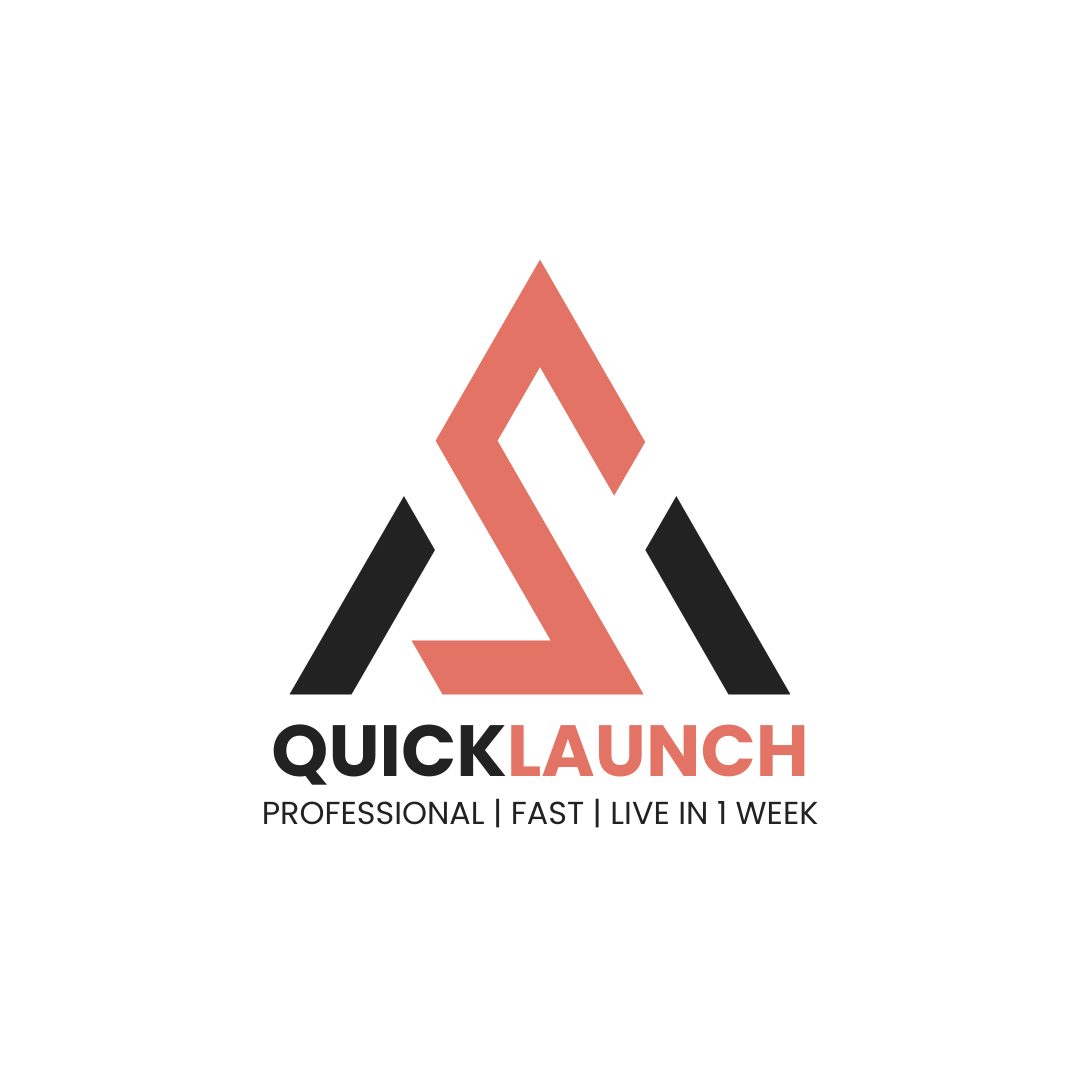From Fashion to Function: How My Styling Skills Translate Into Website Design
When people hear I come from a (long ago!) fashion background, they picture runways, fabric swatches, and maybe the occasional wardrobe emergency. What they don’t immediately picture is websites. Yet, for me, fashion and web design are two sides of the same coin. Both are about styling, color, balance and making an impression that stands the test of time.
Styling: Outfits or Layouts?
In fashion, styling isn’t just picking pretty things. It’s about arranging all of the elements so everything works together. A well-styled outfit feels effortless, but it’s really carefully curated. Fabric and pattern choices create the background for layering with accessories like scarves, jewelry, belts, and footwear.
Websites work the same way. Every page has a purpose, every section has a story, and every element guides the viewer’s eye. Layering images, text, and buttons is like layering fabrics and textures. If it’s done right, it’s visually appealing; done wrong, it feels chaotic.
Designer Tip:
Think of your homepage like a head-to-toe outfit, everything should complement each other, from colors to fonts to buttons.
Color: The Emotional Language
Fashion taught me that color isn’t just decoration, it communicates a mood. Reds and oranges can scream confidence or hot personalities; pastels whisper calm. Black with an accent color oozes sophistication, and can be subtle or bold.
On a website, color does the same. The right palette can make a brand feel trustworthy, playful, or sophisticated. Too much, or the wrong combination, and it jars the senses. My fashion background trained me to select colors intentionally, creating harmony that supports the brand’s story.
Designer Tip:
Pick 2 or 3 primary colors and 1 or 2 accent colors for your website design. Too many colors can overwhelm, just like too many patterns in an outfit seem misplaced.
Balance: It’s All About Proportion
In fashion, balance is everything: a voluminous skirt pairs with a fitted top; a bold accessory is tempered with simplicity in the lines, color or fabrication of the outfit.
Web design follows the same rule. Text, images, and white space must coexist without competing. A cluttered site overwhelms visitors; an empty one loses them. Achieving balance keeps users engaged and guides them naturally toward taking action.
Designer Tip:
Use white space intentionally. Think of it as the “breathing room” between elements like giving a statement necklace space to shine on a neutral background.
Fashion Lingo Meets Web Design
Sometimes I catch myself saying, “This section needs more accessories,” or “Let’s tone down that pattern.” It sounds quirky, but it works.
A flat website can pop with the right accent just like a statement necklace. A busy page might need a neutral background like toning down a loud print. Fashion metaphors give me a unique lens for creative problem-solving.
Designer Tip:
Treat icons, buttons, and call-to-actions like accessories. Small touches layered on the right background can make a big impression.
Details Matter
Fashion design shines in the details; buttons, stitching, quality of construction. In websites, details like font choice, spacing, and alignment can make the design. Watch for the same details in the quality of the design that you would in a Chanel suit.
My trained eye from years in fashion helps me notice inconsistencies, spot misalignments, and ensure everything feels right. It’s the little details that make a website feel polished and professional.
Designer Tip:
Always preview your site on multiple devices and browsers. What looks perfect on a desktop may feel cramped on mobile. Be sure your site is mobile optimized before launching.
Creativity Within Structure
Fashion taught me that creativity thrives within structure. Patterns, fabrics, and designs have rules; fit, proportion, and function. Websites work the same way. They must look amazing, but also load quickly, be mobile-friendly, and guide users effectively.
This is where my fashion background shines. I merge creative flair with logical problem-solving, turning every site into a carefully styled, fully functional statement piece.
Designer Tip:
Structural constraints aren’t always bad because they often spark your most creative solutions!
What This Means for Clients
When I design a website, I’m thinking about more than looks. I’m thinking about your brand story, your visitors’ journey, and how every visual choice impacts engagement.
Clients often notice that my designs feel “thoughtful” and “intentional.” That’s because my fashion experience trained me to see both the big picture and the fine details. The result? Websites that are stylish, functional, and uniquely tailored to the brand, like a one of a kind outfit constructed just for you.
Fashion and web design might seem worlds apart, but they share core principles: styling, color, balance, and emotional impact. By blending fashion sensibilities with web design expertise, I create sites that don’t just work, they leave an impression.
The next time you visit a website that feels “right,” know that a little fashion magic, and a lot of design strategy, could be behind it!
Don’t knock ready-to-wear!
If a full designer website is more than you need, consider a QuickLaunch website to be the ready-to-wear division of ImaginePublicity!
Here are a few more nuggets from the Blog you may be interested in:
Why Working with a Small Business Might Be the Best Move for Your Website and Social Media Needs
From Boomers to Alpha: A Social Media Marketing Journey Through the Generations


